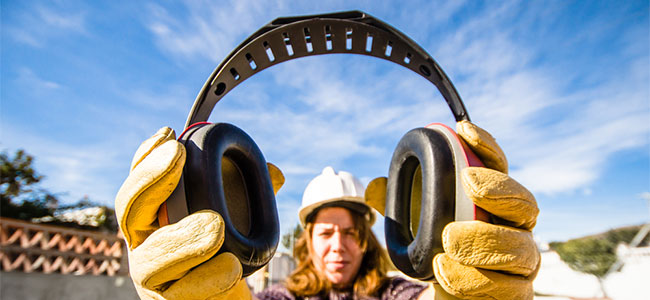
Its Time to Prioritize Hearing Protection Nationwide
Amidst rising cases of noise-induced hearing loss and regulatory oversights, this feature underscores the imperative to reinforce hearing conservation efforts for millions of U.S. workers.
- By Dan Glucksman
- Oct 11, 2023
Is protecting hearing as high a priority in the workplace as it should be? After all, hearing is an important primary sense that connects us to each other and the environment around us. Hearing allows us to communicate critical information and helps keep us safe on the job.
Yet, the numbers show that more work is needed to improve hearing conservation for millions of workers, especially as new (and noisy) construction sites blossom nationwide, thanks to a big increase in federal infrastructure spending.
While regulatory requirements obligate employers to protect workers, these regulations in the U.S. have not kept pace with science and the known risk to hearing health from over-exposure to hazardous noise and ototoxic chemicals. Regulatory agencies and employers can prioritize workers’ hearing by adopting more protective measures.
The Occupational Safety and Health Administration (OSHA) did launch a Regional Emphasis Program for Noise Induced Hearing Loss in 2022, which moved into the enforcement phase beginning May 17, 2022. But this emphasis program only targeted Colorado, Montana, North Dakota and South Dakota, focusing on manufacturing industries with high rates of occupational hearing loss.
OSHA citations for hearing conservation are very low; however, noise-induced hearing loss (NIHL) is a common occupational illness. In spite of long-standing regulatory requirements, non-use of hearing protection is high.
Research reported by the National Institute for Occupational Safety and Health (NIOSH) shows that “28 percent of noise-exposed Manufacturing workers report not wearing hearing protection,” despite the reality that about “46 percent of all workers in Manufacturing have been exposed to hazardous noise.” The numbers are even higher in Construction, where NIOSH reports that about 51 percent of all workers have been exposed to hazardous noise, and 52 percent of noise-exposed Construction workers report not wearing hearing protection.
A strong federal nationwide effort on hearing loss — similar to last year’s heat stress campaign — would move employers to take preventive action.
What might a big federal initiative look like?
This article originally appeared in the October 2023 issue of Occupational Health & Safety.